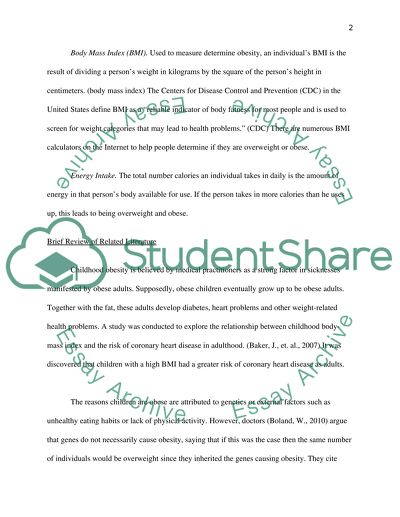Cite this document
(“The problem of childhood obesity Research Paper”, n.d.)
Retrieved from https://studentshare.org/health-sciences-medicine/1397274-the-problem-of-childhood-obesity
Retrieved from https://studentshare.org/health-sciences-medicine/1397274-the-problem-of-childhood-obesity
(The Problem of Childhood Obesity Research Paper)
https://studentshare.org/health-sciences-medicine/1397274-the-problem-of-childhood-obesity.
https://studentshare.org/health-sciences-medicine/1397274-the-problem-of-childhood-obesity.
“The Problem of Childhood Obesity Research Paper”, n.d. https://studentshare.org/health-sciences-medicine/1397274-the-problem-of-childhood-obesity.


